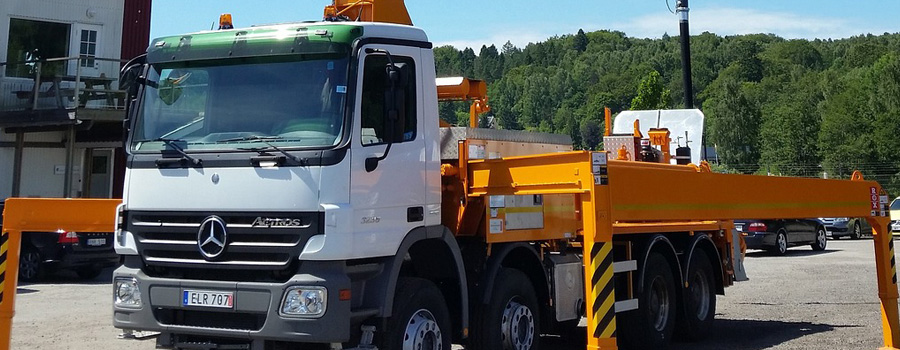Blog Post

Concrete pumping is an essential part of many concrete projects, whether you are pouring a foundation, a driveway, or a pool deck. But as with any construction project, there are some mistakes that can be made which can lead to costly and time consuming repairs. To help you avoid these mistakes, we’ve compiled a list of the most common line pump concrete application mistakes to avoid. From improper set-up of the pumps and hoses to incorrect mix design and placement, these are the errors you should be aware of before starting your concrete project.
Mistakes to Avoid
Concrete pumping is a popular and efficient way to transfer large amounts of concrete from one location to another. But if you’re not careful, you could end up dealing with some common line pump concrete application mistakes that can be costly and time consuming.
Line pump concrete is the most common type of concrete pumping, and is typically used to transfer concrete from a trailer to a desired location. It is important to remember that line pump concrete applications require proper equipment and setup to ensure a successful and cost-effective pour.
To help you avoid common mistakes, here are a few to keep in mind:
1. Not using the correct hoses: Hoses that are too large or too small can cause a lot of problems with line pump concrete applications. It is important to use the right hoses for the job and to make sure that they are properly connected, secure and able to withstand the pressure.
2. Not using the right kind of concrete: Depending on the project and the type of concrete you are using, you may need to use a different type of concrete for your line pump application. Make sure you are using the right kind of concrete to avoid problems.
3. Not setting up the line correctly: When setting up the line, it is important to keep a few things in mind. First, make sure the pump is installed correctly, and that the correct tools are being used. Secondly, make sure that the concrete is properly mixed and pumped in the right direction and with the right pressure.
4. Not cleaning the line properly: After the project is complete, it is important to clean the line and make sure that no blockages or other hazards are left behind. This will help to reduce chances of future problems.
5. Not monitoring the line: When pumping concrete, it is important to monitor the line to make sure that everything is running properly. This includes checking for blockages, air bubbles, and other problems that can cause delays or other issues.
By avoiding these common line pump concrete application mistakes, you can ensure that your projects are successful and cost-effective.
Final Wrap
When using a common line pump to deliver concrete, it is important to ensure proper use and maintenance of the equipment in order to avoid costly mistakes. By following the manufacturer's instructions, using the right materials, and performing regular maintenance, operators can ensure their equipment is working properly and delivering quality results. Additionally, it is important to review safety protocols to prevent any potential accidents or injuries. By avoiding these common mistakes, operators can help ensure their concrete pumping projects are successful.